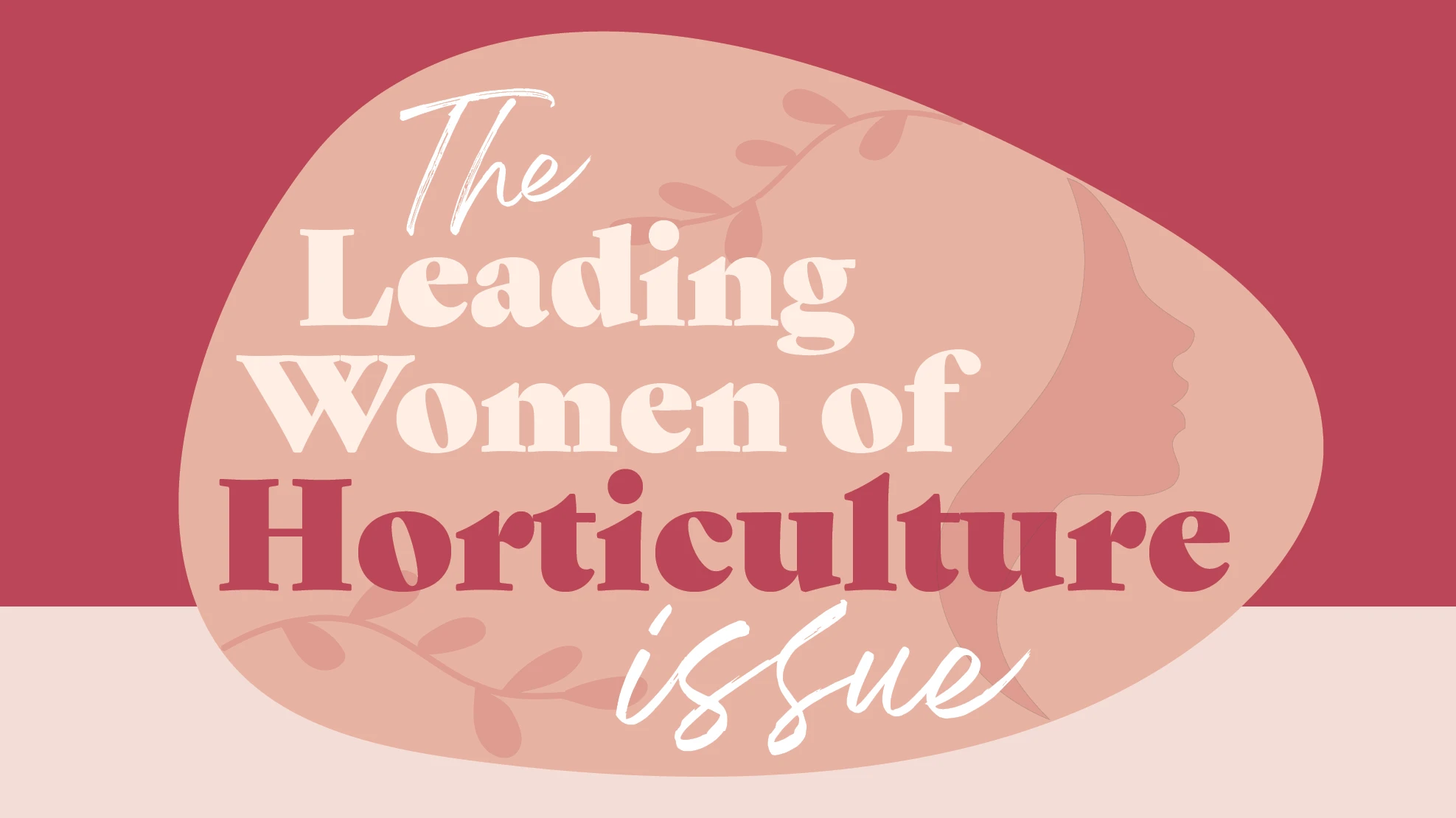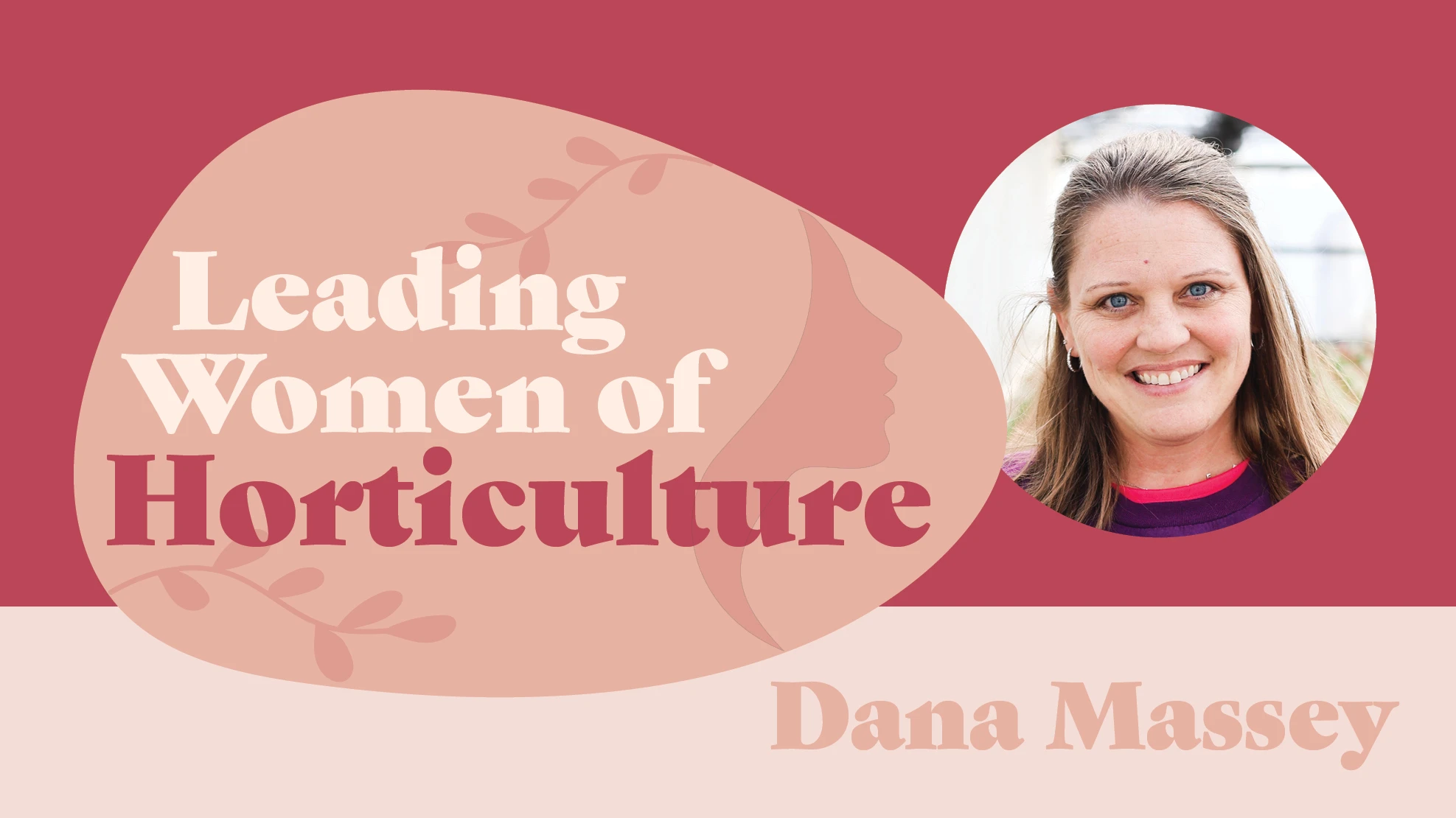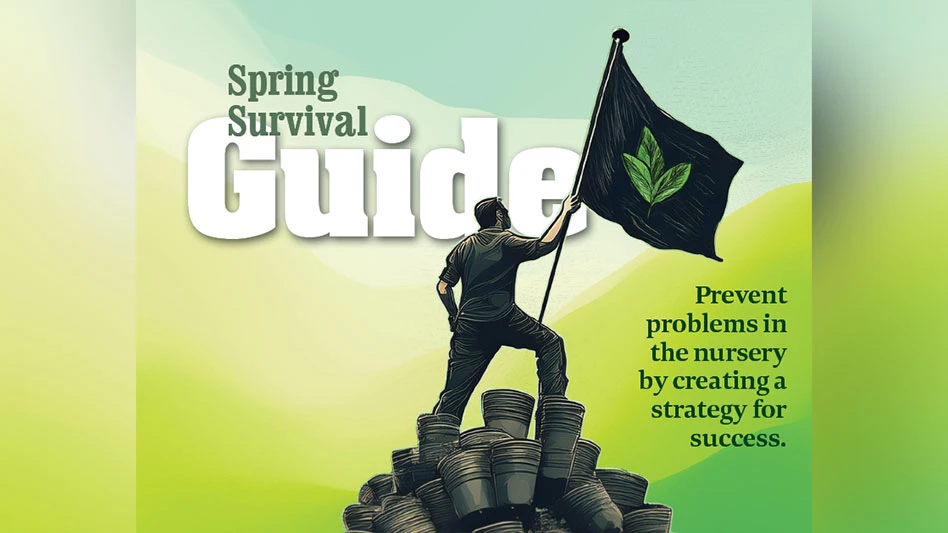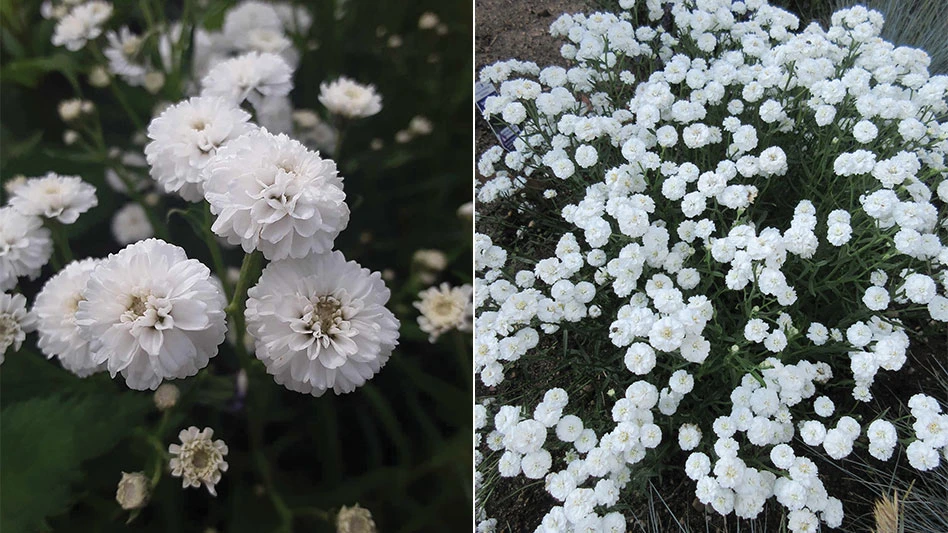 Growing successfully means making the most out of all your garden plants, be they ornamental or vegetable. As many consumers embrace the health and wellness movement, as well as edible gardening, edible flowers are growing in popularity, along with fresh local produce. Consumers are looking to use plants in their gardens to the fullest extent and are looking to purchase edible blooms at farmers markets and grocery stores. Have you considered this emerging market for extra income?
Growing successfully means making the most out of all your garden plants, be they ornamental or vegetable. As many consumers embrace the health and wellness movement, as well as edible gardening, edible flowers are growing in popularity, along with fresh local produce. Consumers are looking to use plants in their gardens to the fullest extent and are looking to purchase edible blooms at farmers markets and grocery stores. Have you considered this emerging market for extra income?
While eating flowers isn’t exactly a new thing, the reasons we consume flowers have been evolving. Thousands of years ago, flowers were eaten whole, cooked or used to create infusions; mostly for medicinal or religious purposes. During the Victorian Era, candied flowers became hugely popular as decoration for pastries. Over time people have developed wines, flavorful teas, jellies and more sophisticated recipes from edible flowers to enjoy as part of day-to-day cuisine.
The biggest trend overall when it comes to edible flowers is a movement away from decoration and toward flavor. Gourmet chefs are always looking to create an experience beyond standard dining; using edible flowers is a useful way to make their dishes look stunning. However, chefs are moving toward using edible flowers only if they contribute to the overall flavor profile of the dish. The aromatics of the flowers in use are also important.
More than a garnish
In fact, making edible flowers more of a culinary ingredient, rather than just a decorative garnish, will help ensure the longevity of their market value. By working directly with local restaurants to help teach chefs how different flowers can be used as culinary ingredients, flower growers can help drive new demand for their products.
Many traditionally ornamental plants have flowers that can be cooked or used as edible garnish. Young flowers from squash, zucchini and pumpkin plants taste wonderful boiled, stuffed or grilled. You’ll find squash flower dishes most common in that of Colombian cuisine. Lavender and basil blooms can be used with cooked meats, mixed green salads and homemade vinegars. Rose petals can be tossed in salads, steeped for tea and candied for desserts. For a unique anise or licorice flavor, use flowers from hyssop in salads or vinegars. Begonia flowers have a tart sweet flavor that is excellent in salads.
 Nasturtiums have long been a favored decoration to liven up green salads. Some say they were over-used, much like violas, as garish in the 1970s and ‘80s. But even “dated” edible flowers are getting upgrades these days. You can now find nasturtium being stuffed with savory foods such as crab dip, or sweets like whip cream and cocoa.
Nasturtiums have long been a favored decoration to liven up green salads. Some say they were over-used, much like violas, as garish in the 1970s and ‘80s. But even “dated” edible flowers are getting upgrades these days. You can now find nasturtium being stuffed with savory foods such as crab dip, or sweets like whip cream and cocoa.
While the most commonly used edible flowers tend to be those of cool-season plants like viola, nasturtium and calendula, growers and chefs are getting creative about finding flavor in more unexpected blooms. Borage blooms not only offer up a beautiful blue color, but add a nice cucumber flavor to a dish. Wild garlic and allium flowers pack a powerful garlicky punch. Elderflowers offer up a sweet scent and flavor perfect for desserts. Pea flowers are fragrant with a fresh green flavor and bolted broccoli flowers add a burst of color with the familiar broccoli flavor. Fennel flowers are beautiful and pack a powerful licorice flavor.
Cheers to edibles
Edible flowers have a lot to do with transforming a standard bartender into what is now called a “mixologist.” While there are some more old-fashioned floral spirits and liquors, such as crème de violette (infused with violets), it has only been in recent years that new floral elixirs have hit the scene. The trend seemed to get a big push when St-Germain introduced their elderflower liqueur (mix it with some Champagne and you’ll be in heaven). Now mixologists are crafting many new floral infused bitters and syrups with which to create a dizzying array of floral cocktails.
Healthy traits
If you follow health food trends, you’ll know that foods that contain antioxidants are in high demand. But did you know many edible flowers offer up those, and similar, compounds and micronutrients? Many can be excellent sources of minerals such as calcium, potassium, magnesium, iron and more. Adding flavorful edible blooms to your daily salad can be a good way to add an extra boost of nutrition. So while edible flowers may not exactly be considered a “superfood”, they might just be viable “superfood-boosters.”
Say ‘I do’
If you want to stay in the know about where floral trends are heading, then you must keep a close eye on wedding trends. Wedding caterers are using edible flowers in new and interesting ways to make their customers’ big day both more unique and “natural.” Popsicles and ice cubes frozen with edible flowers are beginning to populate bride-to-be’s wedding Pinterest pages and signature cocktails are now not only infused with, but also garnished with fresh flowers. Cheeses and cakes have also gone floral when it comes to chosen edible garnish.
The edible flower wedding trend probably extends from the “field-to-vase” movement within the cut flower industry. Customers want a more natural feel to their events and want to use more locally sourced product. “Vase-to-table” feels like a logical progression of the vibe wedding and special event customers are looking to create.
A major reason caterers are using more edible flowers is that organically grown edible blossoms are more available in today’s market. Yet there still seems to be more demand than supply when it comes to edible flowers for such special events.

Keep it green
Speaking of organically grown flowers, how you grow your edible blooms is key to success. Customers are becoming more educated and they’re sure to want to know how the edible flowers were grown before they use them. Most are quick to ask if the blooms have been grown organically or when the plants were last treated with chemicals. Edible flowers must be completely free of any chemical residue. Most domestically grown and imported cut flowers are done so using chemicals, so there is high demand for organically grown edible blooms.
Seasonal tastes
As we move away from using flowers as simply a decoration and more of a flavor component, it’s important to keep offerings seasonal. Chefs, mixologists and home cooks want to complement the seasonal flavors of the food and drink, which means flower flavorings should also complement the season. If you work closely with local farmers markets and restaurants, you can tailor edible flower production to their seasonal menus.
Leslie F. Halleck is a contributing editor for the GIE Media Horticulture Group and owner of Halleck Horticultural LLC, through which she provides horticultural content marketing, social media management, and strategy consulting for green industry businesses. www.lesliehalleck.com.
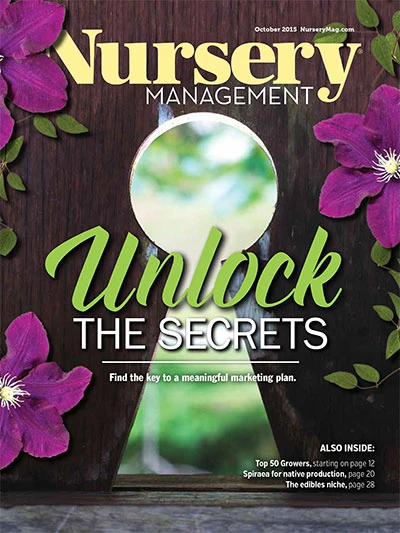
Explore the October 2015 Issue
Check out more from this issue and find your next story to read.
Latest from Nursery Management
- Leading Women of Horticulture: Anna Ball, Ball Hort, and Terri McEnaney, Bailey Nurseries
- Leading Women of Horticulture: Crystal Cady and Elizabeth Brentano
- USDA fires experts on invasive pests, including Asian citrus psyllid, chilli thrips
- Dümmen Orange North America celebrating 25th anniversary in 2025
- Redesigning women
- Illinois Landscape Contractors Association changes name to Landscape Illinois
- 2025 Proven Winners Horticulture Scholarship applications now open
- ICL’s Gemini Granular herbicide now registered for use in California

